Accident analyst - AI-Powered Accident Analysis
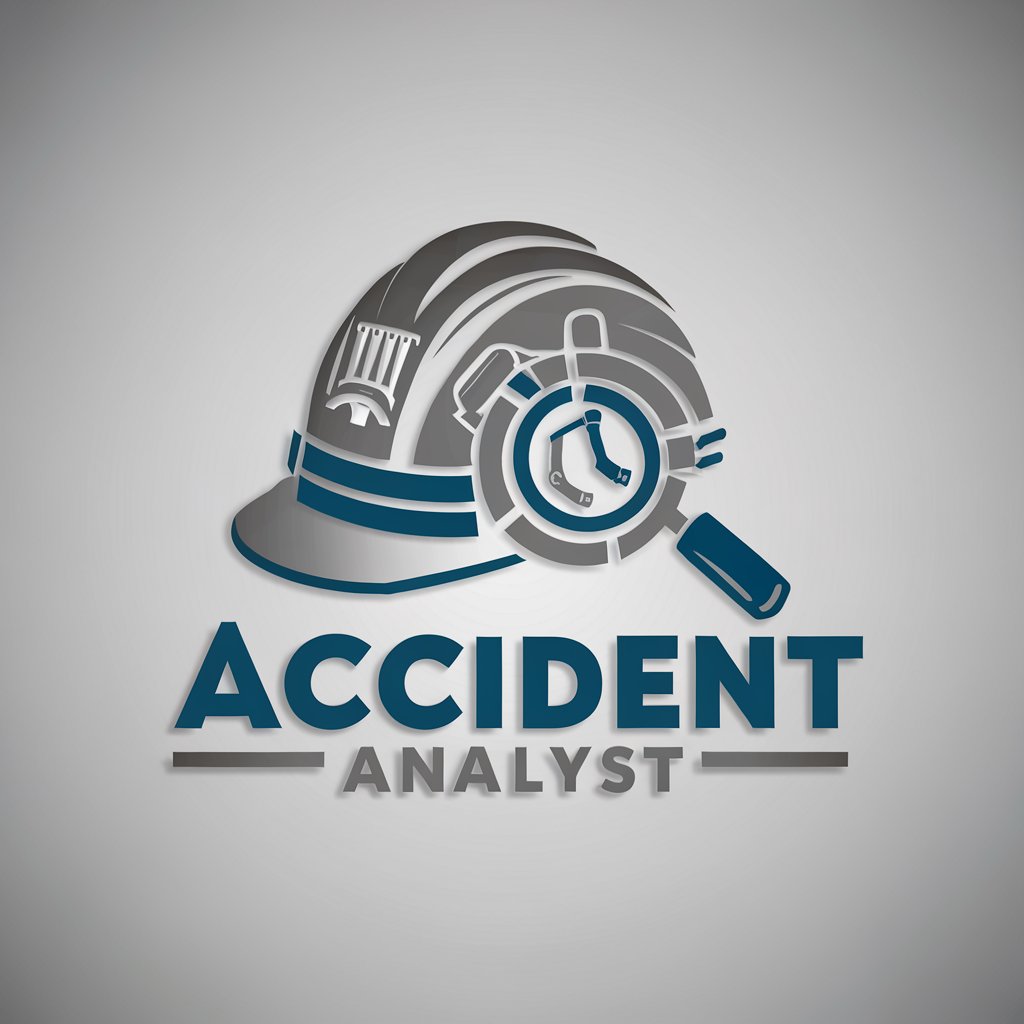
Welcome! Let's analyze and prevent accidents together.
Deciphering Accidents with AI
Analyze the causality of a construction accident involving a forklift.
Explain how the Swiss Cheese Model applies to a recent workplace incident.
Describe the steps to prevent fall hazards on a construction site.
What are the main principles of risk management in construction?
Get Embed Code
Introduction to Accident Analyst
Accident Analyst is designed to analyze the causality of accidents using established accident causality models and integrate user knowledge into this analysis. Its primary goal is to provide prevention recommendations based on a thorough understanding of the incidents. By understanding and predicting the causes of accidents, it facilitates targeted interventions to prevent future occurrences. For example, if a construction site accident occurs due to a failure in following safety protocols, Accident Analyst could review the sequence of events and safety measures in place, identify gaps or failures, and recommend improvements or additional training for workers. Powered by ChatGPT-4o。

Main Functions of Accident Analyst
Causality Analysis
Example
Using models like the Domino Theory or the Swiss Cheese Model, Accident Analyst can dissect an event like a machinery mishap in a factory to pinpoint contributing factors such as operator error, poor maintenance, or inadequate safety measures.
Scenario
A scenario where a worker gets injured due to machinery might reveal that an unsafe act, such as bypassing a safety guard, was a direct cause, while deeper analysis might show that insufficient training and lax safety culture were underlying contributors.
Prevention Recommendations
Example
After identifying factors contributing to a construction site fall, Accident Analyst might recommend specific training programs, the use of better personal protective equipment, or changes to work practices to prevent future occurrences.
Scenario
In a case where a worker falls from scaffolding, Accident Analyst could suggest improvements in fall arrest systems, better safety briefings, and periodic checks to ensure compliance with safety standards.
Integration of User Knowledge
Example
Accident Analyst incorporates user-submitted information and existing safety data to tailor its analyses and recommendations to the specific working conditions and practices of a company.
Scenario
If a user inputs data regarding recurrent minor incidents in a warehouse, Accident Analyst can analyze this data to identify patterns or common elements, leading to targeted interventions tailored to the specific operational environment of the warehouse.
Ideal Users of Accident Analyst Services
Safety Managers
Safety managers in industries like construction, manufacturing, or transportation can utilize Accident Analyst to improve their existing safety protocols by understanding the root causes of past accidents and implementing preventative measures effectively.
Risk Assessors
Professionals tasked with assessing and mitigating risks in workplace settings can use Accident Analyst to gain insights into potential hazards and develop more comprehensive risk management strategies that address both immediate and systemic safety concerns.
Company Executives
Executives looking to enforce safety compliance and reduce workplace accidents can use Accident Analyst's detailed analyses and recommendations to guide policy changes and ensure adherence to safety standards, thereby reducing the likelihood of costly and harmful incidents.

Using Accident Analyst
Step 1
Visit yeschat.ai to start using Accident Analyst for free without signing up or needing ChatGPT Plus.
Step 2
Familiarize yourself with the tool’s interface and features by accessing the help section or tutorial provided on the site.
Step 3
Input details about the specific accident scenario you are analyzing. Provide as much context and data as possible to improve the accuracy of the analysis.
Step 4
Utilize the model's analysis features to identify potential causes and contributing factors to the accident based on the input data.
Step 5
Review the prevention recommendations offered by the tool, and consider implementing these measures to improve safety and prevent future accidents.
Try other advanced and practical GPTs
Accidentes de Tránsito MX
Navigate Traffic Accidents with AI

Kali Commander
Empowering cybersecurity with AI

Linux Code Companion
Your AI-Powered Linux Guide

🇪🇸 Legal GPT (Spanish Lawyer)
Powering Spanish Legal Insights with AI
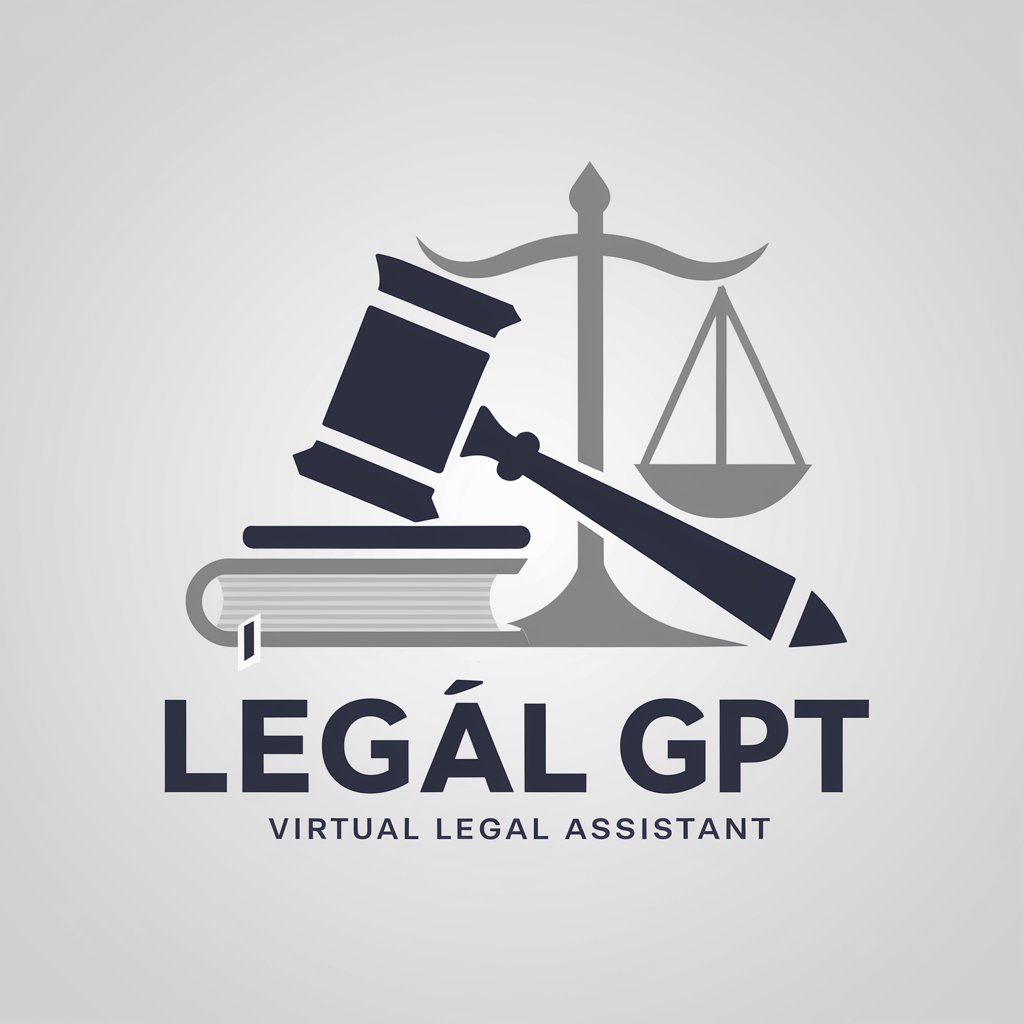
Personalized Bible Boost
AI-powered Personalized Scripture
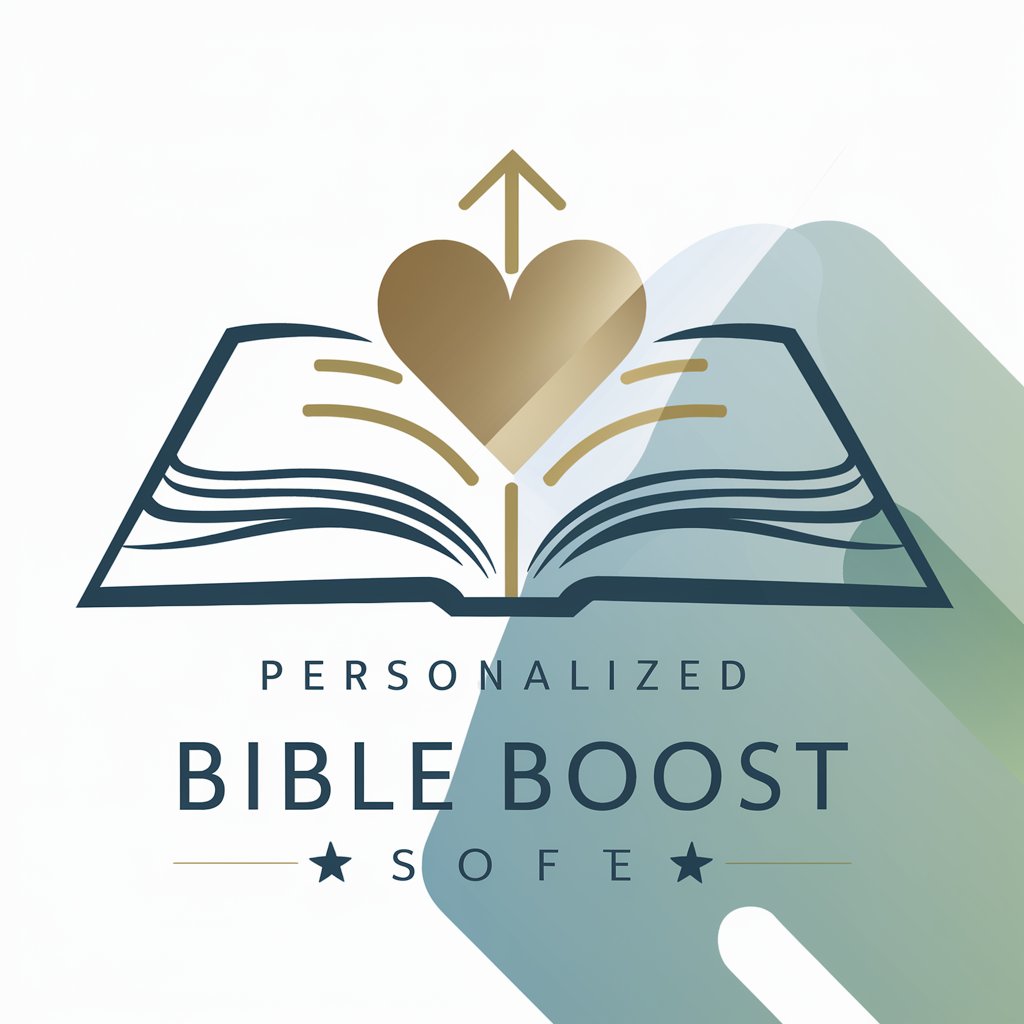
🇩🇪 Legal GPT (German Lawyer)
Empowering Legal Decisions with AI

Investigación de Accidentes Laborales
Decoding accidents with AI
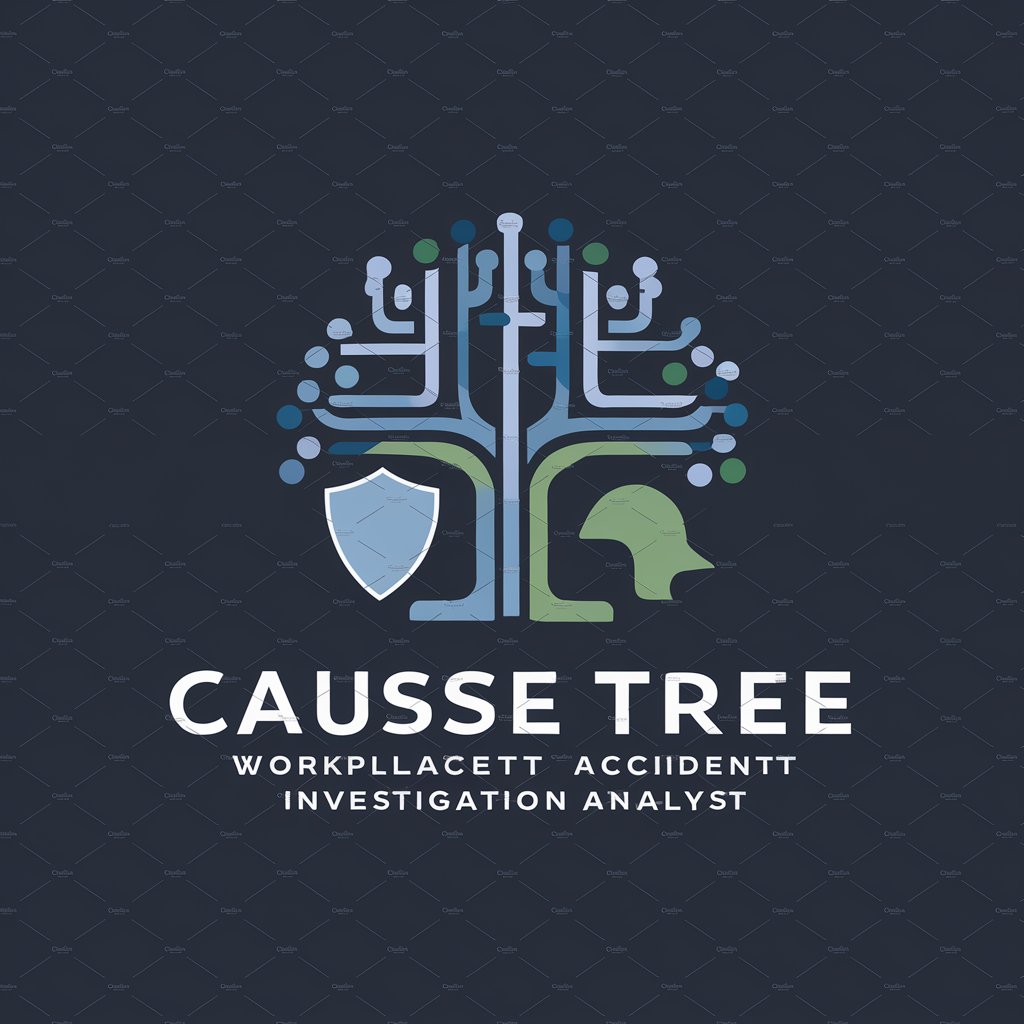
ProdSmith
Empowering Creativity with AI

Hedy Lamarr - Dream Lover
Empowering Conversations with AI

Edgy Narrator
AI with Attitude and Creativity

InfraBot
Empowering Infrastructure with AI

TraduBot
Empowering Communication with AI
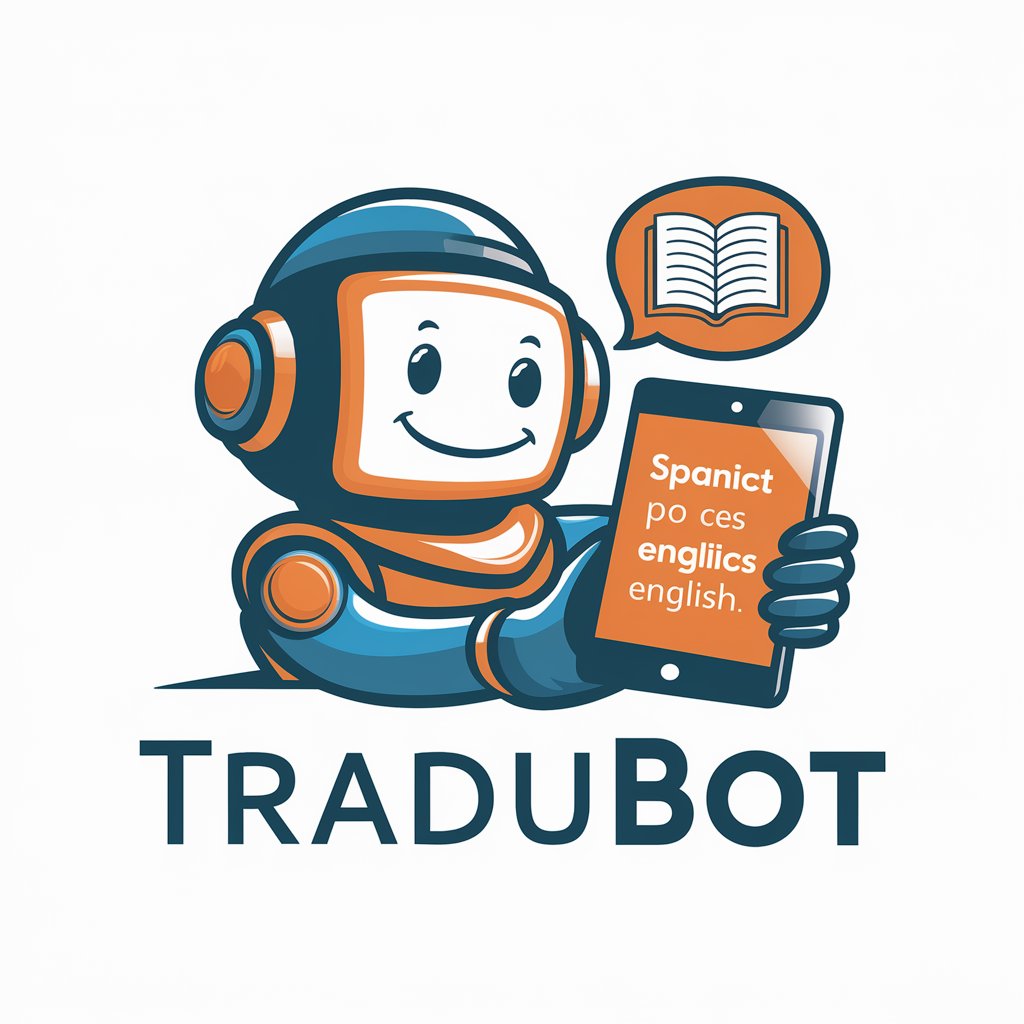
Accident Analyst Q&A
What is Accident Analyst?
Accident Analyst is an AI-powered tool designed to help users analyze accidents, identify underlying causes and contributing factors, and recommend preventive measures.
How does Accident Analyst improve safety?
By providing insights into accident causality and recommending interventions, Accident Analyst helps organizations implement targeted safety measures to mitigate risks and prevent future accidents.
Can Accident Analyst be used for any type of accident?
Yes, Accident Analyst is versatile and can be applied to a wide range of accident scenarios, including industrial, traffic, and workplace accidents, among others.
Is Accident Analyst a substitute for legal or professional advice?
No, while Accident Analyst provides valuable insights, it does not replace the need for professional accident investigation or legal advice. Its function is to support and enhance safety management practices.
How accurate is the accident analysis provided by Accident Analyst?
The accuracy of the analysis depends on the quality and completeness of the data provided. It uses established causality models to ensure reliable and consistent analysis.
